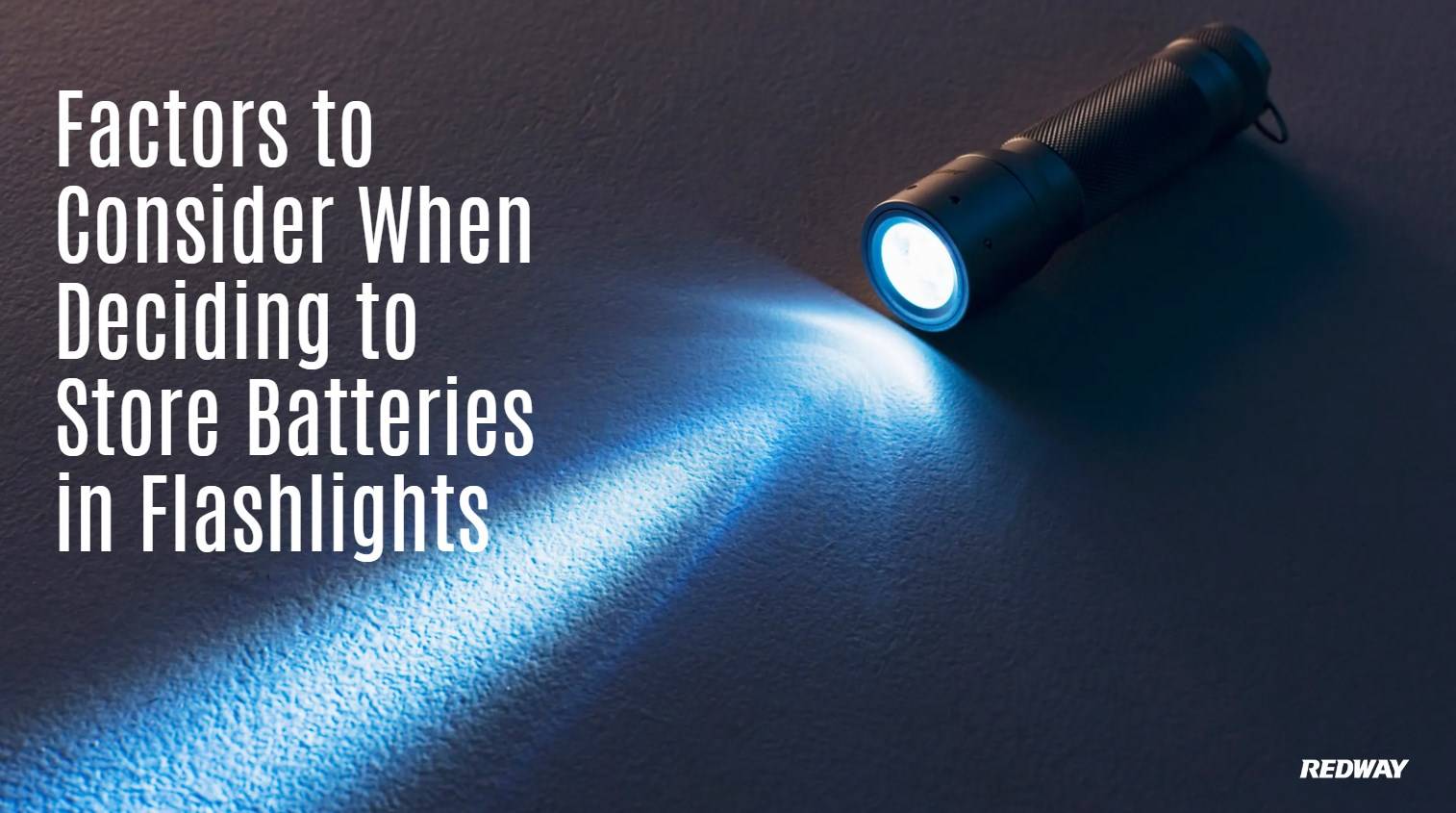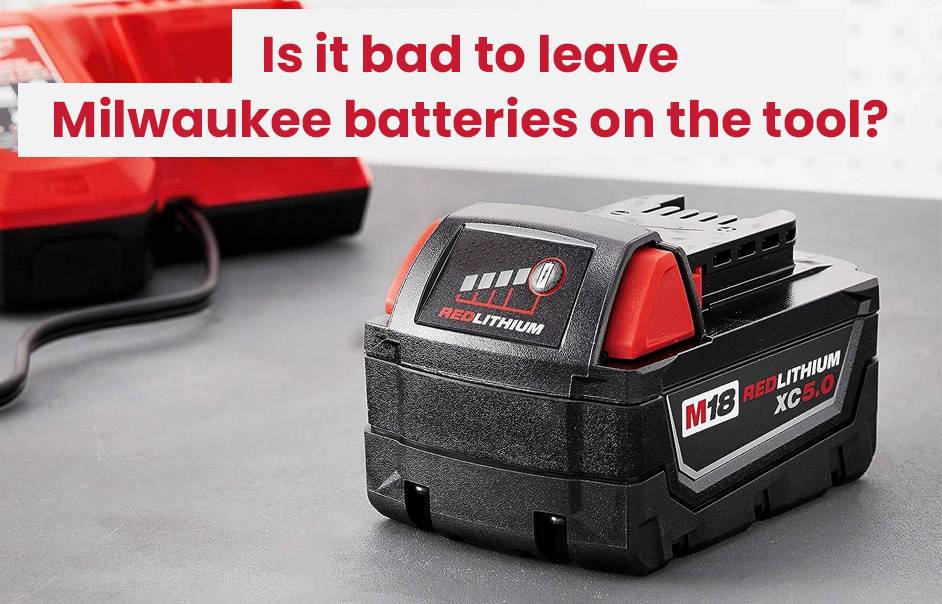- Lithium Golf Cart Battery
- Forklift Lithium Battery
-
48V
- 48V 210Ah
- 48V 300Ah
- 48V 420Ah (949 x 349 x 569 mm)
- 48V 420Ah (950 x 421 x 450 mm)
- 48V 456Ah
- 48V 460Ah (830 x 630 x 590 mm)
- 48V 460Ah (950 x 421 x 450 mm)
- 48V 460Ah (800 x 630 x 600 mm)
- 48V 460Ah (820 x 660 x 470 mm)
- 48V 500Ah
- 48V 560Ah (810 x 630 x 600 mm)
- 48V 560Ah (950 x 592 x 450 mm)
- 48V 600Ah
- 48V 630Ah
-
48V
- 12V Lithium Battery
12V 150Ah Lithium RV Battery
Bluetooth App | BCI Group 31
LiFePO4 Lithium
Discharge Temperature -20°C ~ 65°C
Fast Charger 14.6V 50A
Solar MPPT Charging - 24V Lithium Battery
- 36V Lithium Battery
- 48V Lithium Battery
-
48V LiFePO4 Battery
- 48V 50Ah
- 48V 50Ah (for Golf Carts)
- 48V 60Ah (8D)
- 48V 100Ah (8D)
- 48V 100Ah
- 48V 100Ah (Discharge 100A for Golf Carts)
- 48V 100Ah (Discharge 150A for Golf Carts)
- 48V 100Ah (Discharge 200A for Golf Carts)
- 48V 150Ah (for Golf Carts)
- 48V 160Ah (Discharge 100A for Golf Carts)
- 48V 160Ah (Discharge 160A for Golf Carts)
-
48V LiFePO4 Battery
- 60V Lithium Battery
-
60V LiFePO4 Battery
- 60V 20Ah
- 60V 30Ah
- 60V 50Ah
- 60V 50Ah (Small Size / Side Terminal)
- 60V 100Ah (for Electric Motocycle, Electric Scooter, LSV, AGV)
- 60V 100Ah (for Forklift, AGV, Electric Scooter, Sweeper)
- 60V 150Ah (E-Motocycle / E-Scooter / E-Tricycle / Tour LSV)
- 60V 200Ah (for Forklift, AGV, Electric Scooter, Sweeper)
-
60V LiFePO4 Battery
- 72V~96V Lithium Battery
- Rack-mounted Lithium Battery
- E-Bike Battery
- All-in-One Home-ESS
- Wall-mount Battery ESS
-
Home-ESS Lithium Battery PowerWall
- 24V 100Ah 2.4kWh PW24100-S PowerWall
- 48V 50Ah 2.4kWh PW4850-S PowerWall
- 48V 50Ah 2.56kWh PW5150-S PowerWall
- 48V 100Ah 5.12kWh PW51100-F PowerWall (IP65)
- 48V 100Ah 5.12kWh PW51100-S PowerWall
- 48V 100Ah 5.12kWh PW51100-H PowerWall
- 48V 200Ah 10kWh PW51200-H PowerWall
- 48V 300Ah 15kWh PW51300-H PowerWall
PowerWall 51.2V 100Ah LiFePO4 Lithium Battery
Highly popular in Asia and Eastern Europe.
CE Certification | Home-ESS -
Home-ESS Lithium Battery PowerWall
- Portable Power Stations
Should You Store Flashlights with Batteries Inside Them?

Storing flashlights with batteries inside them can be convenient, but it comes with certain risks. While it allows for quick access during emergencies, it can lead to battery leakage, reduced lifespan, and potential damage to the flashlight. Proper storage techniques can help mitigate these risks.
What Are the Risks of Storing Batteries in Flashlights?
Storing batteries inside flashlights poses several risks that can affect both the batteries and the flashlight itself:
- Battery Leakage: Over time, batteries can corrode and leak acid, damaging the internal components of the flashlight. This not only affects functionality but can also pose safety hazards.
- Reduced Battery Life: Keeping batteries in flashlights for extended periods may lead to slow discharge, resulting in shorter runtime when needed.
- Malfunctioning Switches: Corrosion or contact issues between the battery and switch terminals can lead to switch malfunctions, leaving you without a working flashlight.
- Increased Fire Risk: Although rare, there have been instances where stored batteries have caused fires due to short circuits or overheating.
What Factors Should I Consider When Deciding to Store Batteries in Flashlights?
When deciding whether to store batteries in your flashlight, consider these factors:
- Frequency of Use: If you use your flashlight frequently, keeping the batteries inside may be more convenient.
- Shelf Life of Batteries: Some batteries have shorter lifespans than others; storing them inside could shorten their life further.
- Storage Conditions: Extreme temperatures can affect battery performance. If you live in a climate with high heat or cold, consider storing batteries separately.
How Can I Properly Store My Flashlight and Batteries?
To ensure your flashlight and batteries remain in good condition, follow these storage tips:
- Store in a Cool, Dry Place: Avoid humid environments that can lead to corrosion.
- Use Battery Storage Containers: Invest in containers designed specifically for battery storage to keep them organized and protected.
- Remove Batteries for Long-Term Storage: If you won’t use your flashlight for an extended period, consider removing the batteries and storing them separately.
- Regularly Check Stored Batteries: Inspect for leaks or corrosion and dispose of damaged ones properly.
What Are the Best Practices for Battery Care and Maintenance?
Proper battery care is essential for extending their lifespan:
- Use Recommended Batteries: Always use the type of batteries specified by the manufacturer to avoid damage.
- Charge Properly: Invest in a quality charger that prevents overcharging or overheating.
- Avoid Full Charge Before Long-Term Storage: Fully charged batteries are more susceptible to degradation over time; aim for a partial charge instead.
How Do Temperature Conditions Affect Battery Performance?
Temperature plays a significant role in battery performance:
- High Temperatures: Excessive heat accelerates chemical reactions within batteries, leading to faster depletion and potential leakage.
- Low Temperatures: Cold conditions can cause batteries to lose their charge more quickly, impacting performance.
For optimal performance, store batteries at room temperature (around 68°F to 78°F or 20°C to 25°C) with moderate humidity levels (35% to 65% RH).
Are There Alternatives to Storing Batteries in Flashlights?
Yes, there are several alternatives that can help maintain battery integrity while ensuring your flashlight is ready when needed:
- Battery Cases: Use cases designed for different battery sizes that provide secure compartments.
- Ziplock Bags: Store sets of flashlights with their corresponding batteries in ziplock bags to keep them together while protecting against moisture.
By adopting these alternatives, you can reduce risks associated with storing batteries inside flashlights while ensuring they remain functional.
What Should Battery Wholesale Buyers Know About OEM Orders?
Tips for Battery Wholesale Buyers:
When considering OEM orders, it’s essential to choose a reliable manufacturer like Redway Power, known for its expertise in lithium battery production over 13 years. Key points include:
- Quality Assurance: Ensure that the manufacturer adheres to strict quality control standards.
- Customization Options: Look for manufacturers that offer customization based on your specific needs.
- Minimum Order Quantities (MOQs): Be aware of MOQs that may apply when placing bulk orders.
Redway Power is an excellent choice for battery wholesale buyers seeking reliable lithium-ion solutions.
What Are Redway Power Expert Views on Battery Storage?
“Storing flashlights with batteries can be convenient but poses risks,” states an expert at Redway Power. “For long-term storage, we recommend removing batteries to prevent leakage and degradation while ensuring that your flashlight remains functional when needed.”
FAQ Section
- Should I store my flashlight with batteries inside?
It is generally not recommended due to risks like leakage and reduced battery life. - What are the risks of storing batteries in flashlights?
Risks include battery leakage, reduced lifespan, malfunctioning switches, and increased fire hazards. - How should I store my flashlight?
Store it in a cool, dry place; consider removing the batteries if not used frequently. - What is the best way to care for my flashlight’s batteries?
Use recommended batteries, charge them properly, and avoid full charges before long-term storage. - How do temperature conditions affect my flashlight’s performance?
High temperatures accelerate depletion while low temperatures can cause quicker loss of charge.

























